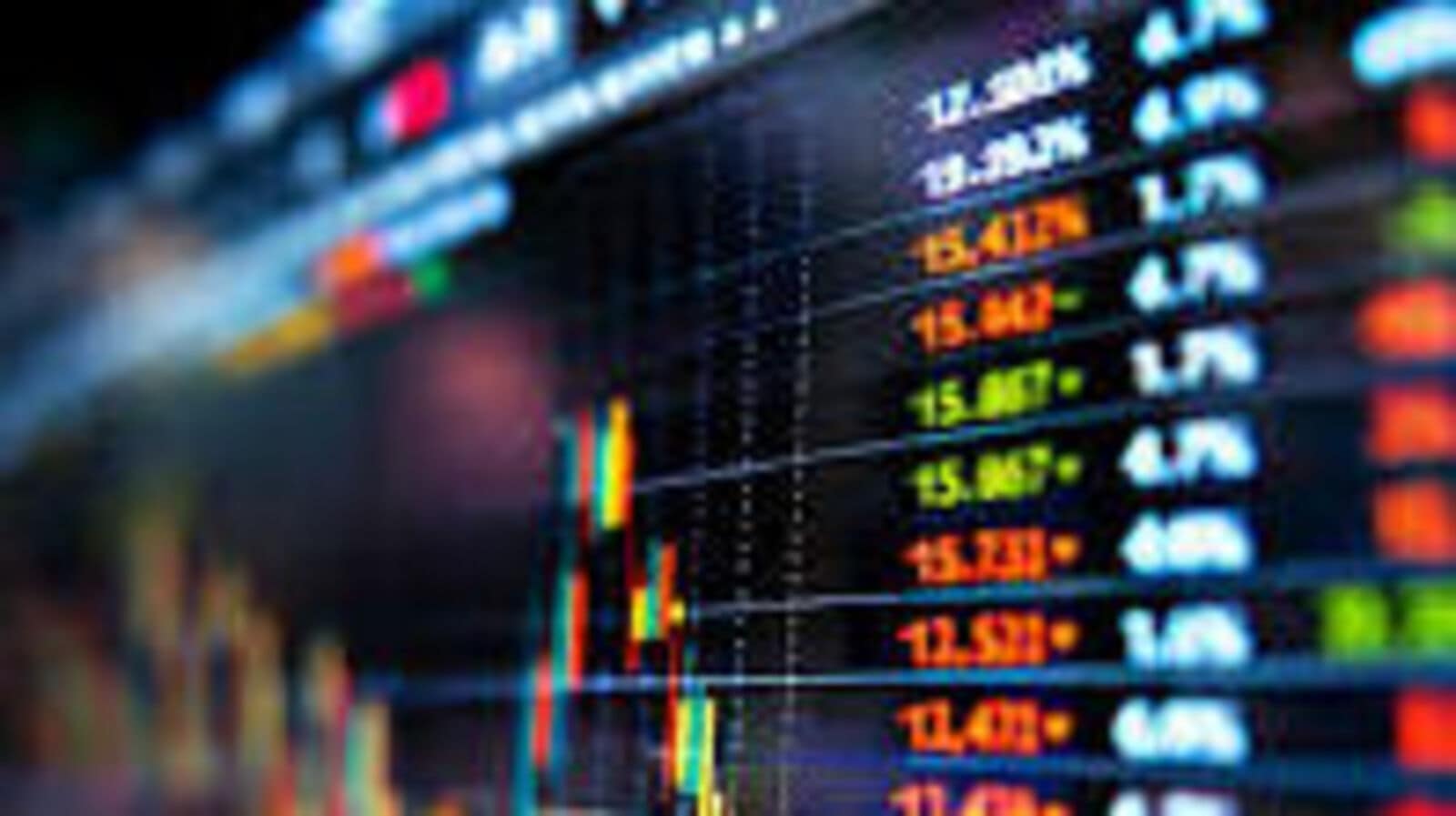(Bloomberg) — Saudi Arabia raised prices for its main crude grade for buyers in Asia next month as demand for oil and fuels holds up. The move, a day after OPEC producers agreed to a fourth round of big output hikes, suggests the kingdom is confident about the market.
State producer Aramco will raise the price for Arab Light crude, its flagship grade, by $1 a barrel to $2.20 a barrel more than the regional benchmark for Asian customers, according to a price sheet from the company seen by Bloomberg.
Three refinery officials in Asia expressed their surprise at the size of the increase. Aramco was expected to raise Arab Light by 65 cents a barrel, according to a survey of traders and refiners.
On Saturday, the Saudis on Saturday led the OPEC group, which includes partners like Russia, in agreeing to raise production by 548,000 barrels a day in August, in part to take advantage of strong summer consumption. The increase, faster than traders and analysts foresaw, may contribute to a crude surplus later this year with Wall Street firms such as JPMorgan Chase & Co. and Goldman Sachs Group Inc. anticipating that prices sink near $60 a barrel in the fourth quarter.
The OPEC increase puts the group on pace to unwind the layer of voluntary output cuts by eight members by September, which is one year earlier than originally outlined. The countries had announced increases of 411,000 barrels for each of May, June and July — already three times faster than scheduled.
Read: OPEC Will Boost Supply Even Faster With Larger August Hike (2)
Oil spiked above $80 a barrel last month as Israel exchanged missile barrages with Iran in one of the most dramatic escalations of conflict in the Middle East in recent years. Markets had largely shrugged off prior geopolitical tensions linked to Israel’s war in Gaza and attacks on Hezbollah as those conflicts failed to impede the flow of oil.
While a wider war involving Iran could put energy production and export infrastructure at risk, Brent crude fell back below $70 a barrel soon after US President Donald Trump announced a ceasefire between Tehran and Jerusalem and limited the US involvement in attacks.
Demand for crude and products has largely held up amid summer use with margins for refiners rising. Still, traders see the market softening later this year as consumption wanes and the OPEC increases contribute to a surplus of crude in storage. The Organization of the Petroleum Exporting Countries and its allies are set to bring back to market 2.2 million barrels a day overall this year once it unwinds the voluntary cuts.
–With assistance from Alex Longley and Alaric Nightingale.
(Updates with industry reaction in third paragraph.)
More stories like this are available on bloomberg.com
